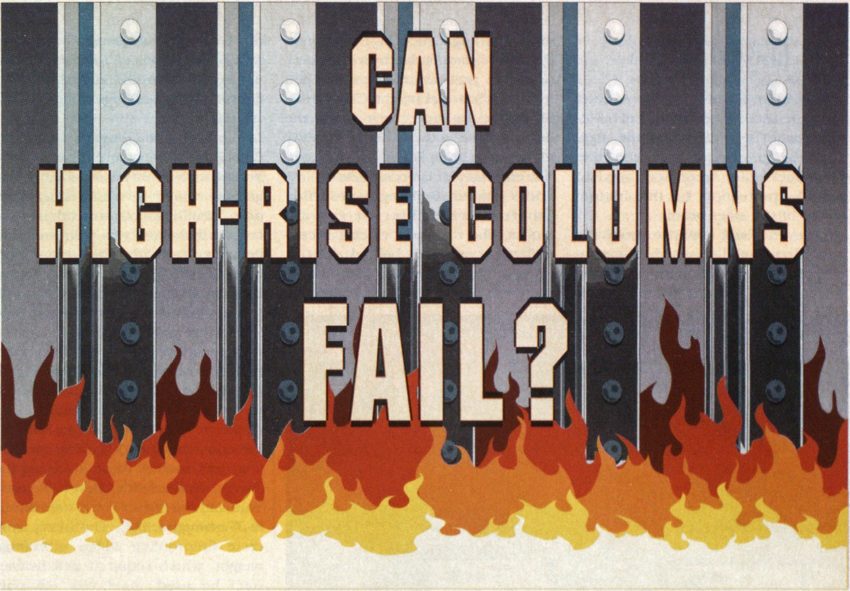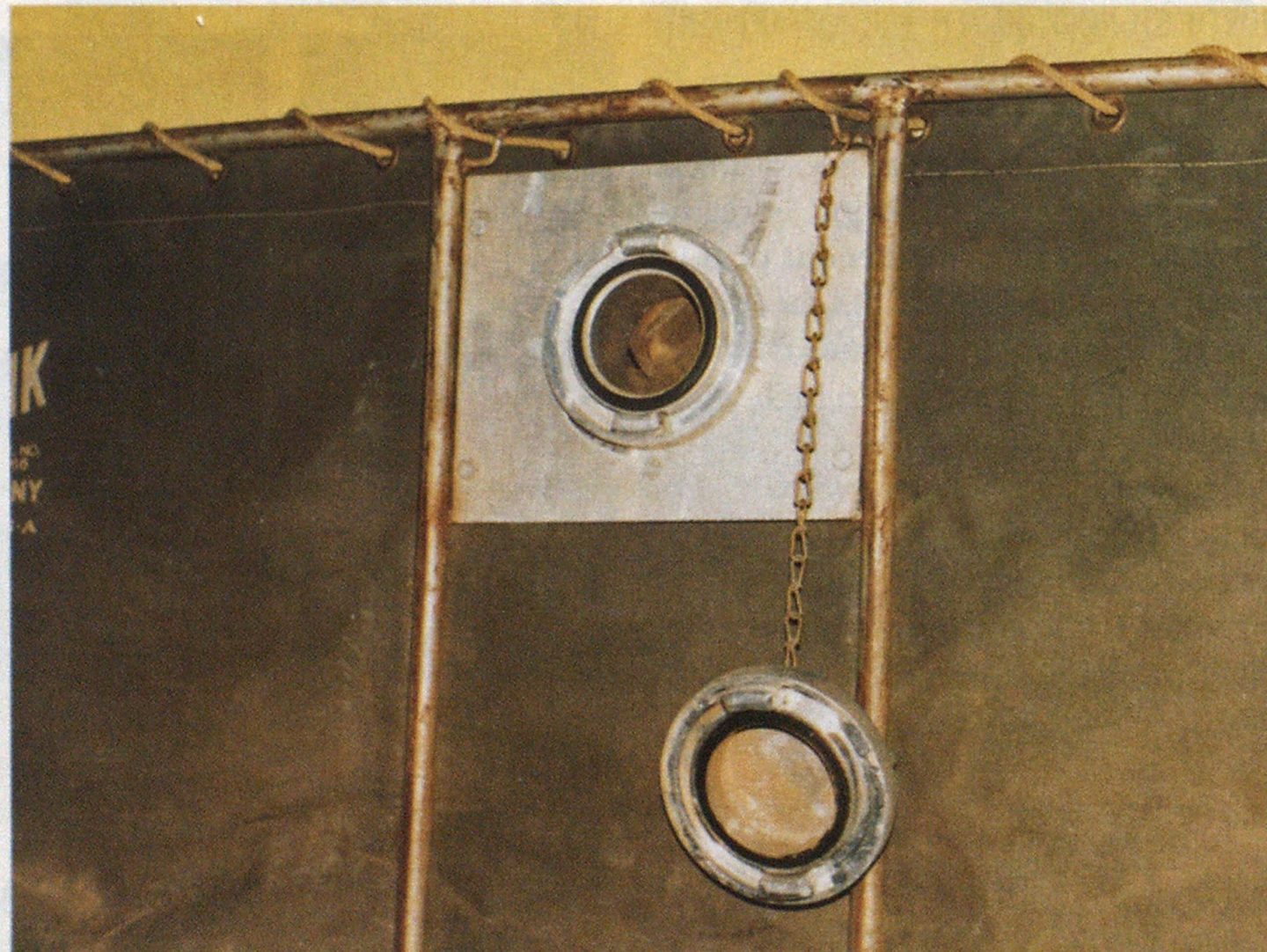MORE ON FIRE PHENOMENA
Last month 1 tried to explain my frustration with fire texts that tell us that every rapid oxidation reaction (explosion) on the fireground is a backdraft, or that backdraft is a common occurrence. If that’s true, what is all this we hear about fire extension in remote areas of structures while firefighters are within "doing their thing”?









